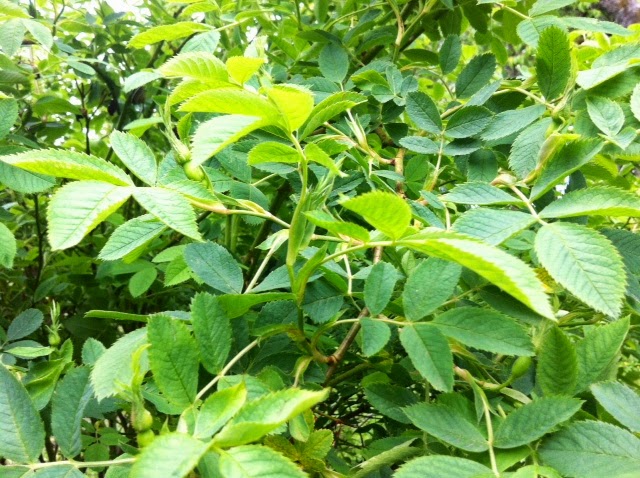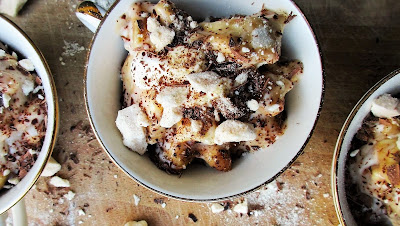Foraging & wild food in the Limousin
 |
| rosehip in bud |
 |
| wild cherry blossom |
 |
| ripening wild cherries |
One of my favourite foraged foods to cook with is wild sorrel - which is abundant at this time of year in the Limousin. Sorrel has got a lemon-spinach flavour - and is great made into a pesto or raw in salads - and is particularly good in a potato salad with mint and dill. Elizabeth David in her classic book; French Provincial Cookery also has some simple and delicious recipes for sorrel soup.
| Elizabeth David - picture credit wikipedia |
 |
| wild sorrel |
| The Cepe - picture credit: wikipedia |
With all foraging, always get expert advice and don't pick or eat anything that you are not completely sure of. The pharmacies in the region are often a good source of information - particularly in helping to identify mushrooms. There are also courses and training available in foraging and wild food too if you want to learn more.
I hope you get a chance to visit the beautiful Limousin region soon and explore the unspoilt countryside and wild food on offer - and you never know if you are very lucky a kindly local may even show you where to find the elusive cep!
Bon Appetit!
An edited version of this post is also on Travel France Online - a great Free Online Resource that helps you discover and enjoy French History and Culture.





Beautiful photographs and text thank you! How lovely to use what Nature offers.
ReplyDeleteThanks Susan - it is lovely to get out foraging - a nice addition to a walk with old eric the dog :-)
ReplyDelete